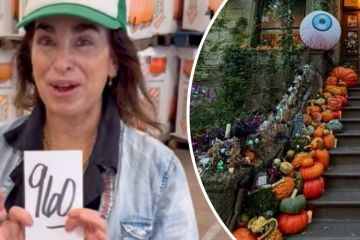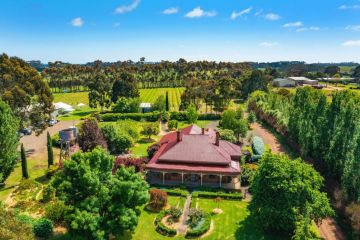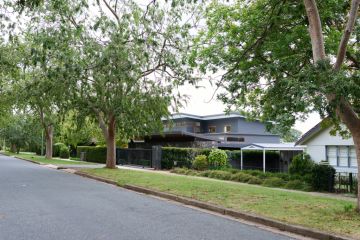Escape to Port Fairy, Victoria, where people pay twice as much for a house than the nearest town
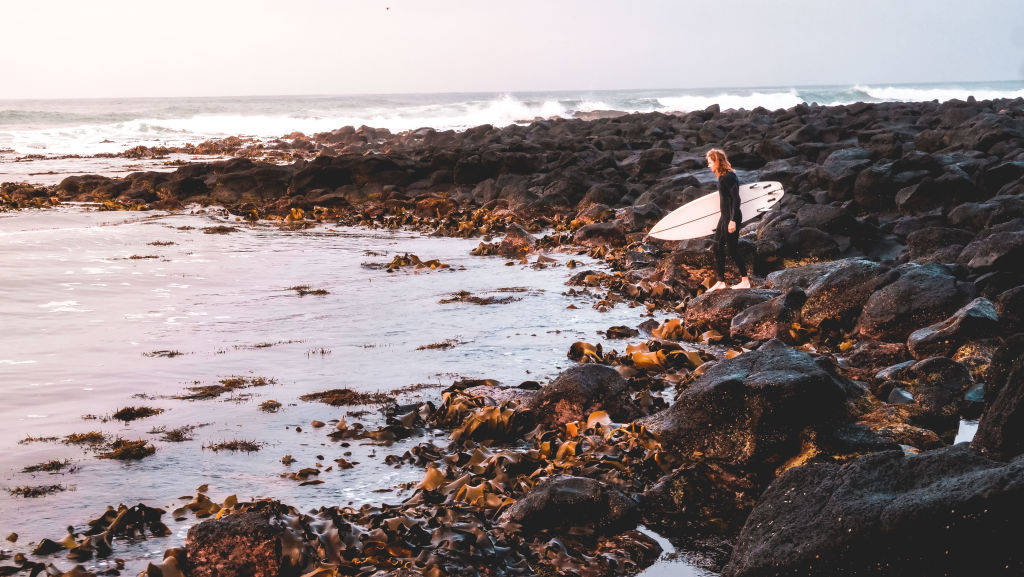
Every school holiday, this regional beach town is bustling with Victorian families getting away from it all. Most of them drive more than three hours to get here, but Port Fairy’s worth it.
Beach? Tick. Quaint country shops? Tick. Festivals galore? Tick.
Port Fairy is one of those towns lucky enough to have it all. It’s home to a thriving foodie scene, its natural landscape is a postcard-come-to-life and it’s the epicentre of two of Victoria’s major music festivals.
These drawcards, along with its old bluestone cottages and historic lighthouse, gives Port Fairy an alluring charm. Nowhere is this more evident than in the local real estate prices.
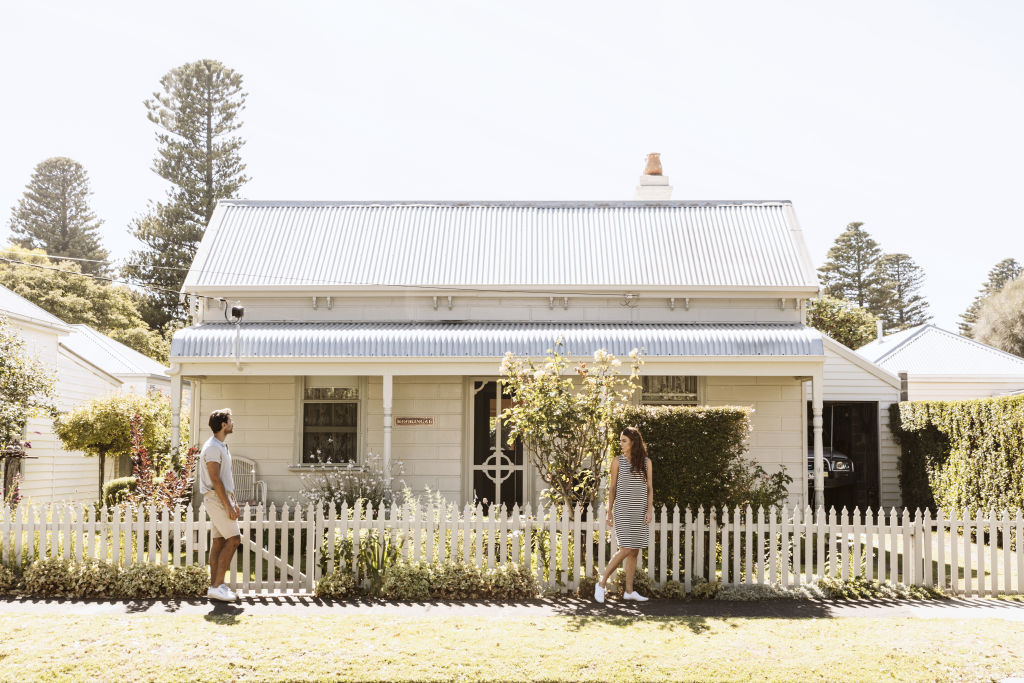
The median price for a three-bedroom house in Port Fairy is $795,000, and its grand seaside homes on sprawling acreages are starting to fetch upwards of $3 million.
In the nearest big town of Warrnambool, where the population is almost 10 times that of Port Fairy, the median price for a three-bedroom house is almost half the price at $410,000.
And in nearby Portland, the median house price for a three-bedder is $292,000.
It may be the last town at the end of the famed Great Ocean Road, but when it comes to popular seaside villages on Victoria’s western coast, Port Fairy comes first.
Population: 3340 as of 2016 Census.
Who lives there?
Pete Charlton and his partner Jamie Lewis moved to Port Fairy eight years ago from Lorne, another popular Great Ocean Road destination. They came to set up their pizza restaurant Coffin Sally, a riff on the rear laneway called Coffin Alley because it was once the location of an undertakers.
Aside from one moment of fleeting regret, Charlton said, it’s been a wise move.
“When we came, we said, ‘Oh OK, there might be a market,’ and we sort of settled in,” he said.
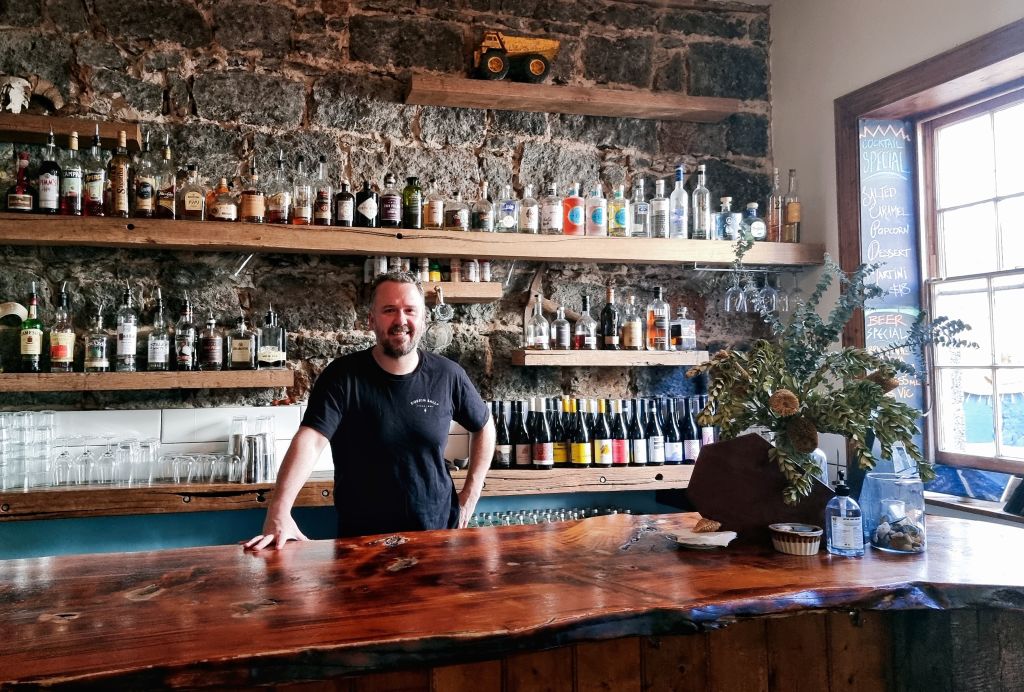
“But the first winter we were here, I was like, ‘Oh no what have we done?’ There was literally rain coming through the door and all I made on that night was two pizzas.
“But it got more and more business, and more and more people. Now we don’t do nights in winter with less than 60 pizzas – it’s always busy.”
Charlton said he’d seen the town bloom in both tourist numbers and permanent residents. He put this down to the pandemic and Port Fairy’s busy events calendar.
“There’s more people coming here and, particularly with COVID, people are making the sea change permanent,” he said.
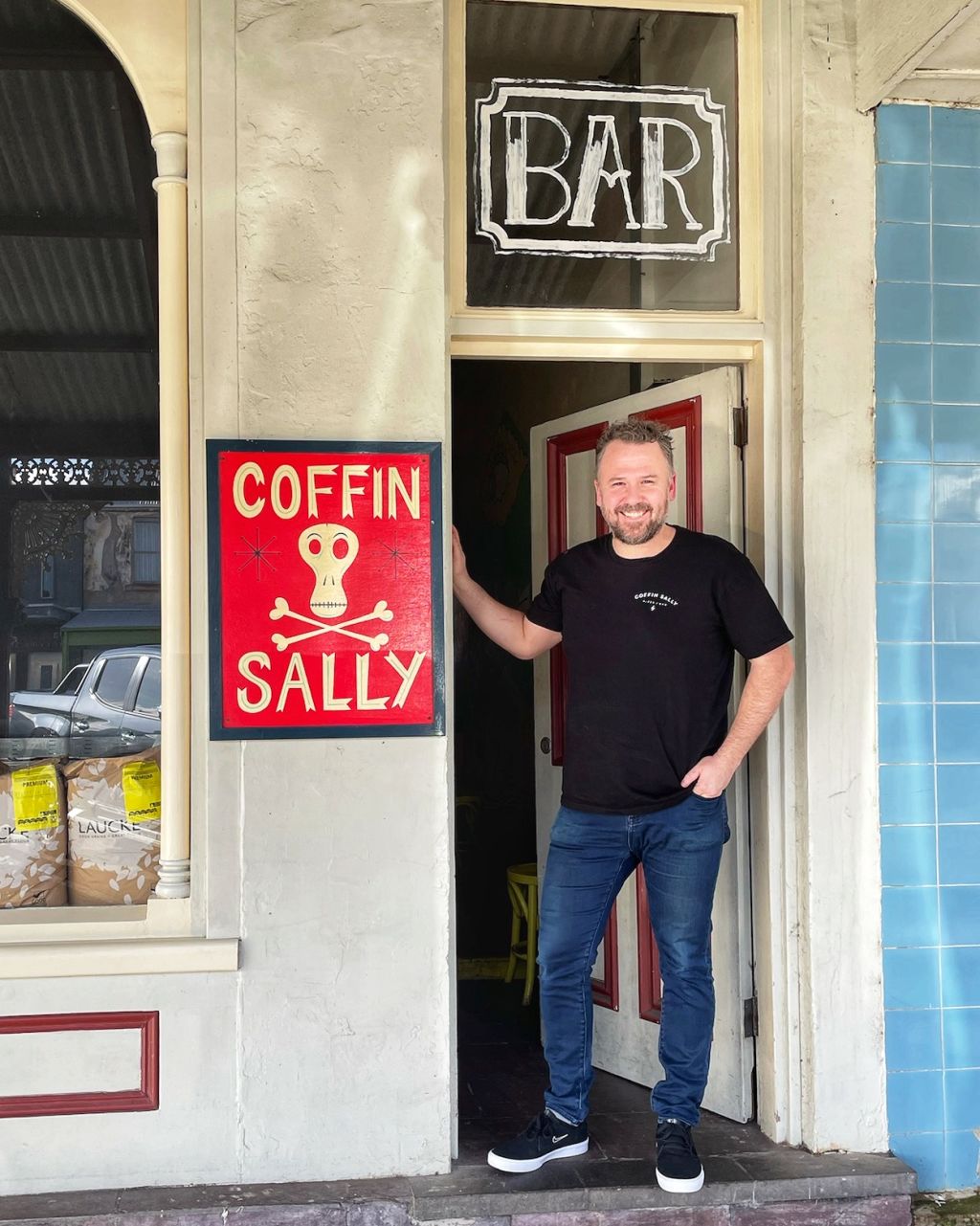
“There’s always festivals, like the winter weekends festival that starts on the Queen’s Birthday and goes every fortnight. It’s one weekend on, one weekend off and there’s wine tastings and food tastings. A lot of the local businesses get involved and it draws people in left, right and centre.”
Despite its growing popularity, Port Fairy retains its quiet country atmosphere – particularly during the school terms – which gives residents the chance to keep the town to themselves for a while.
Charlton finds this solitude on the beach and along the River Moyne.
“I just love the beach,” he said. “We take a walk in the morning, me and my partner and my dog, and we go up the river and around the beach, and we usually hardly ever pass anyone.
“You can still get that bit of privacy, so it’s pretty unique like that.
What happens there?
More to the point, what doesn’t happen there?
Port Fairy is home to the Moyneyana Festival – a summer celebration from Christmas Eve to Australia Day – the Port Fairy Jazz Festival in February, the Port Fairy Folk Festival in March, the Port Fairy Spring Music Festival in October and, in November, the Port Fairy Show and the Port Fairy Adventure Film Festival.
Then there are the Port Fairy Winter Weekends that celebrate the arts, food and wine, plus there’s always something on at Blarney Books and Art.
Fair to say there’s plenty to do in Port Fairy.
Monica Curro, co-artistic director at Port Fairy Spring Music Festival, said she was desperately hoping the pandemic won’t stop the festival from going ahead in October.
Kicking off in 1990, the three-day festival is well known for its chamber music performances. Curro, who is a violinist in the Melbourne Symphony Orchestra, said music lovers adored the festival for its wealth of emerging and established artists, but they also loved it because it was in Port Fairy.
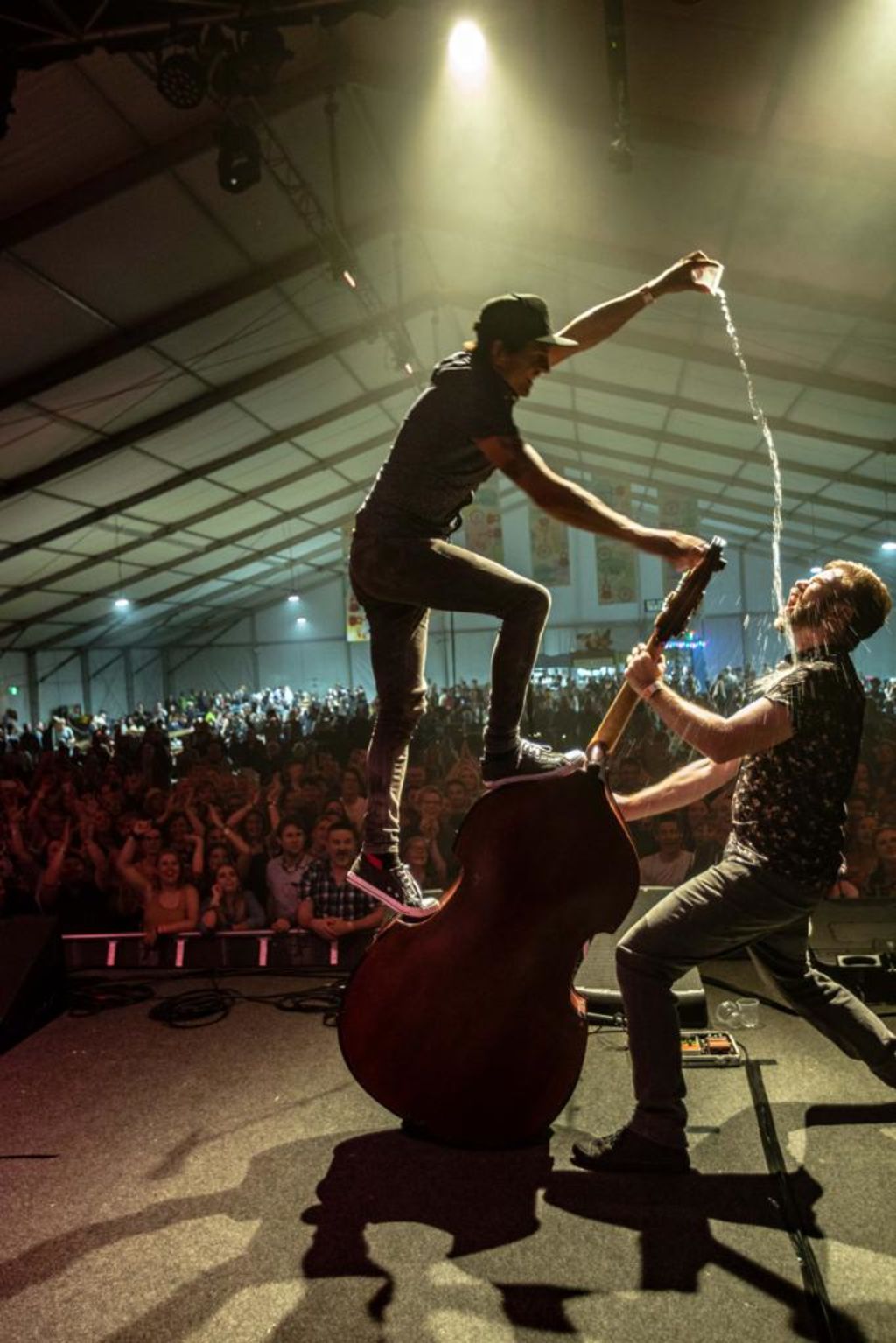
“Audiences don’t care what they see, they’re just like, ‘Book it and we’ll come,’ because they love to come to Port Fairy,” she said.
“It’s just wonderful and the venues are really good. They’re not soundproof or concert halls or anything, but there are four venues we use primarily and they’re within five minutes walking distance from each other and that’s really important.
“It makes it so easy for people to bump into each other on the street and have chats.”
With the threat of COVID, Curro and her team are expecting attendance to be down on previous years. It’s a similar story for Port Fairy Folk Festival with organisers estimating a crowd of about 8000 – down from 9000.
The “folky” has been entertaining crowds since 1977 when it started on the back of a truck in the Port Fairy Botanic Gardens. For many festival-goers, it’s about more than the music, said president John Young.
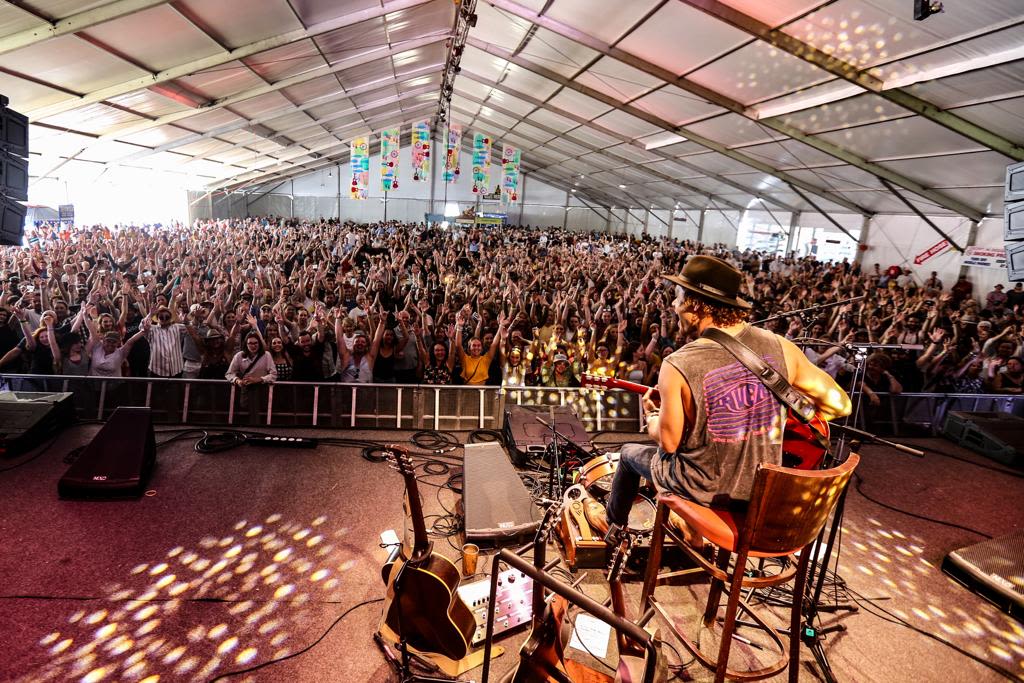
“A lot of people, and I would subscribe to that list, reckon that as well as the music, this is a gathering,” he said.
“People gather every year, have a great weekend, enjoy the music and camaraderie and all that goes with that and that’s always been our vibe too. We enjoy the music and the social get-together.”
The festival is so large, attracting big names such as Paul Kelly and Archie Roach, it is estimated to bring $10 million into the town’s economy.
What’s life like?
Truly knowing Port Fairy is to understand its history. The 100-strong members of the Port Fairy Historical Society promote the town’s heritage through events such as book launches and exhibitions at the Port Fairy Museum and Archives Centre.
President Andrea Coney has been a member for a decade, joining in the years she holidayed at the town before she eventually retired there four years ago.
Like many, she was drawn to make the sea change for exactly that – the sea. But it was also the warm and friendly locals.
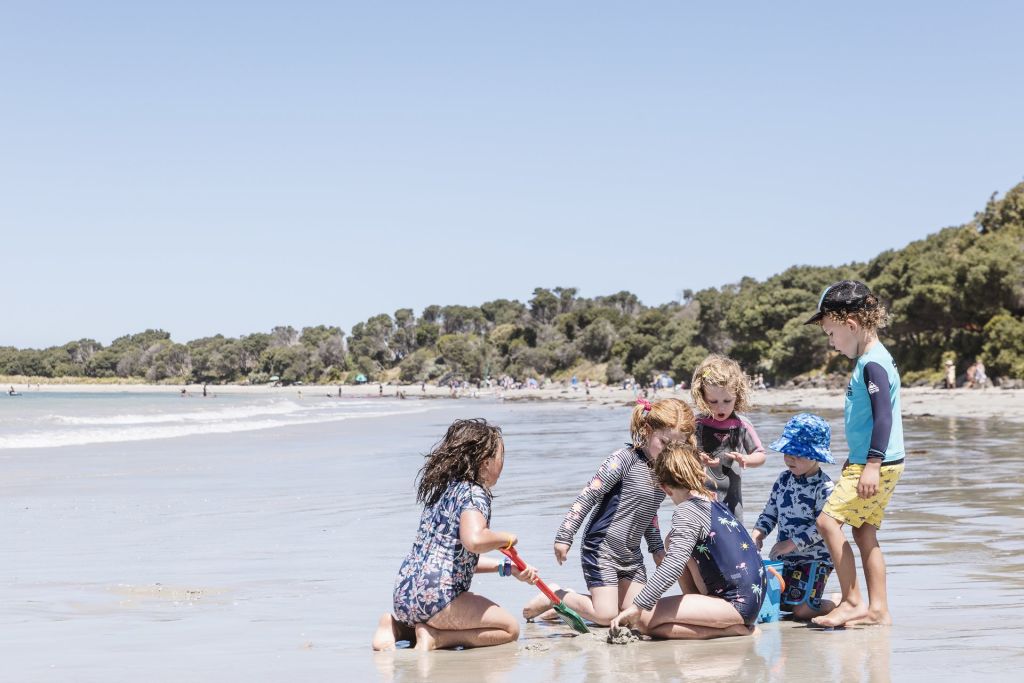
“What brought us to Port Fairy was initially the environment, beaches, the picturesque river area and volcanic plains, but what has kept us here is the unique community which is not only very welcoming but inclusive,” she said.
“Port Fairy is very much a town of generous volunteers who bring vibrant and interesting experiences and services to locals and visitors.”
What jobs are there?
The tourism industry is a major employer in Port Fairy with accommodation accounting for 5.6 per cent of the workforce and cafes and restaurants creating jobs for 4.9 per cent. Aside from tourism, locals are also employed by the Moyne Shire council, the local primary school and aged care facilities.
Why should you move there?
Anyone who has been to Port Fairy for a holiday is well acquainted with its beauty. As Pete Charlton said, “It’s cosmopolitan, but it’s got that rural feel to it. It’s a really good mix of the best of everything, I think.”
We recommend
States
Capital Cities
Capital Cities - Rentals
Popular Areas
Allhomes
More
